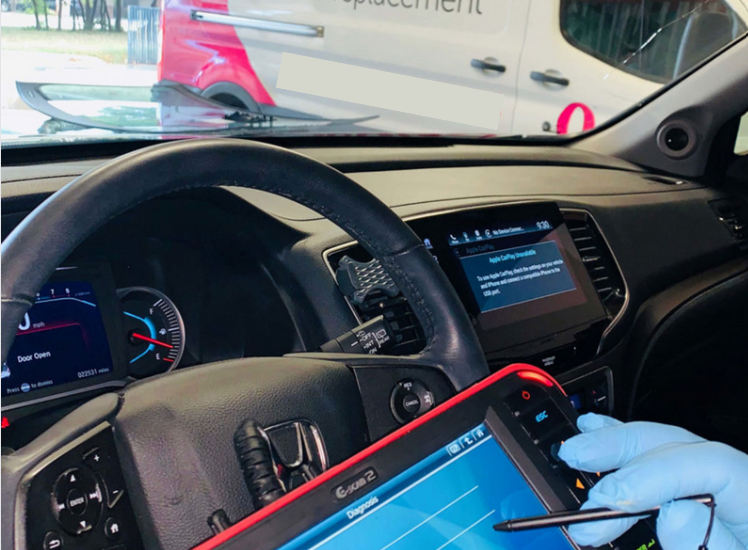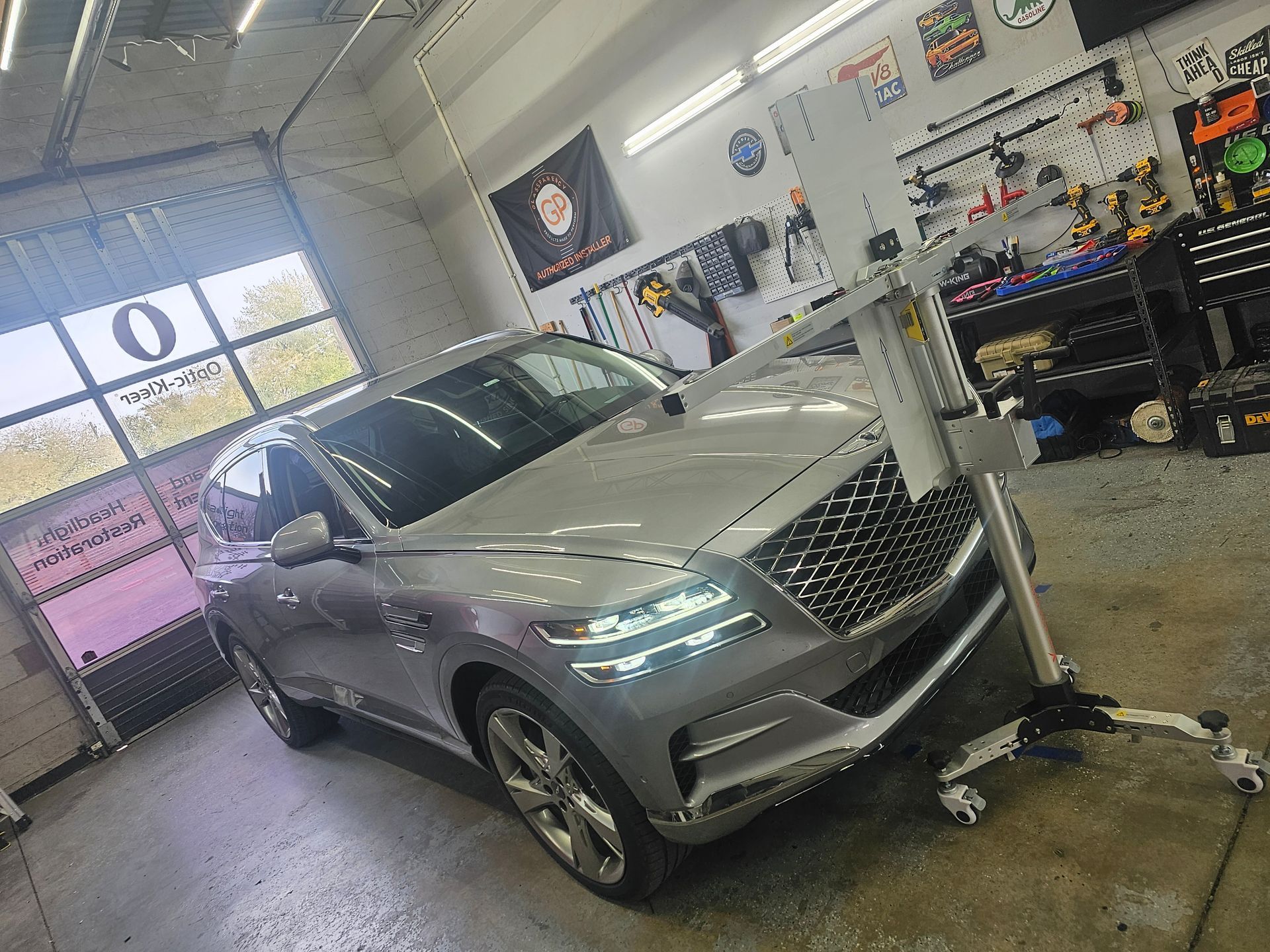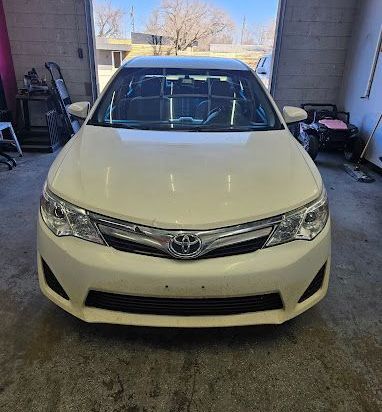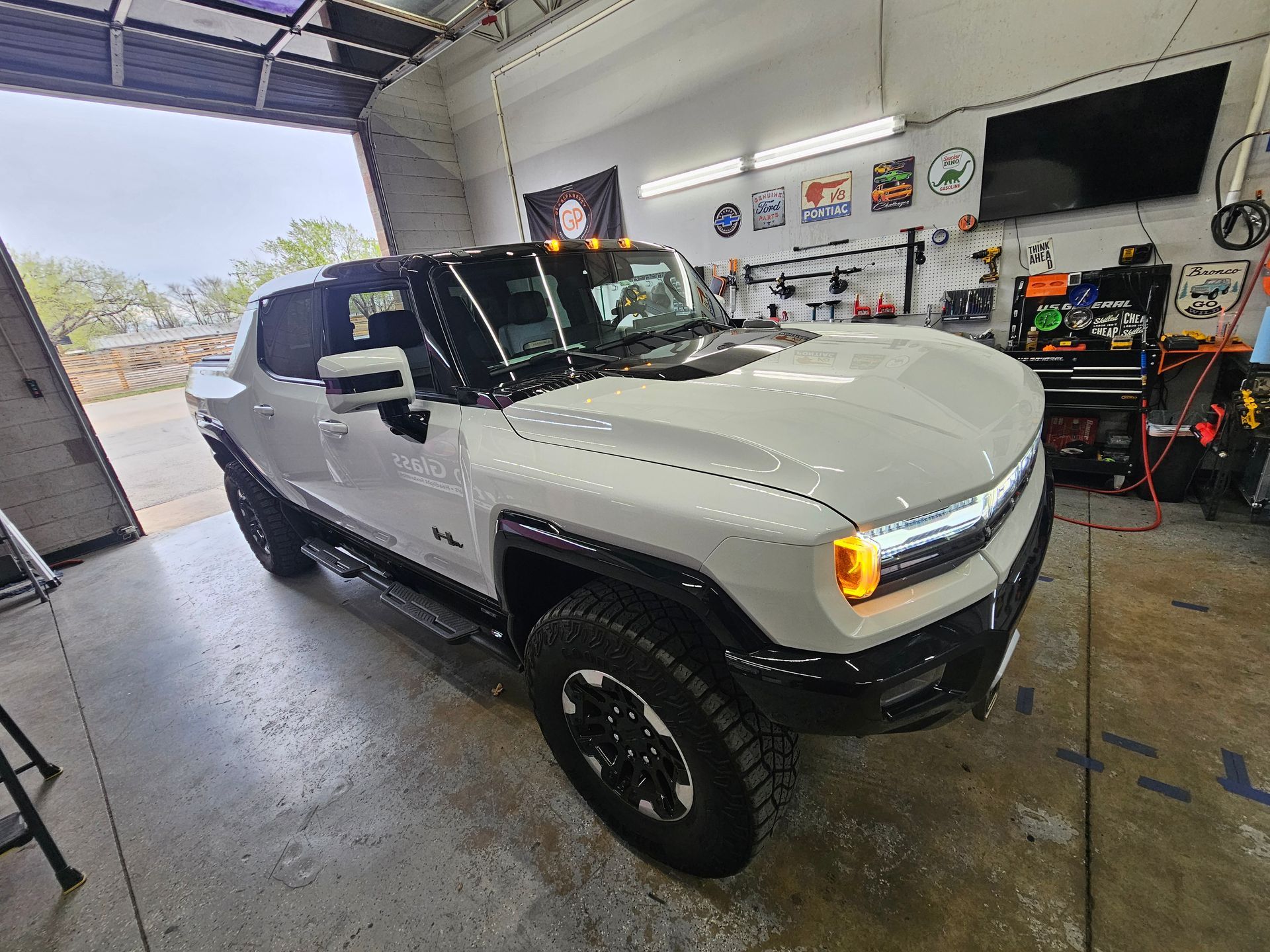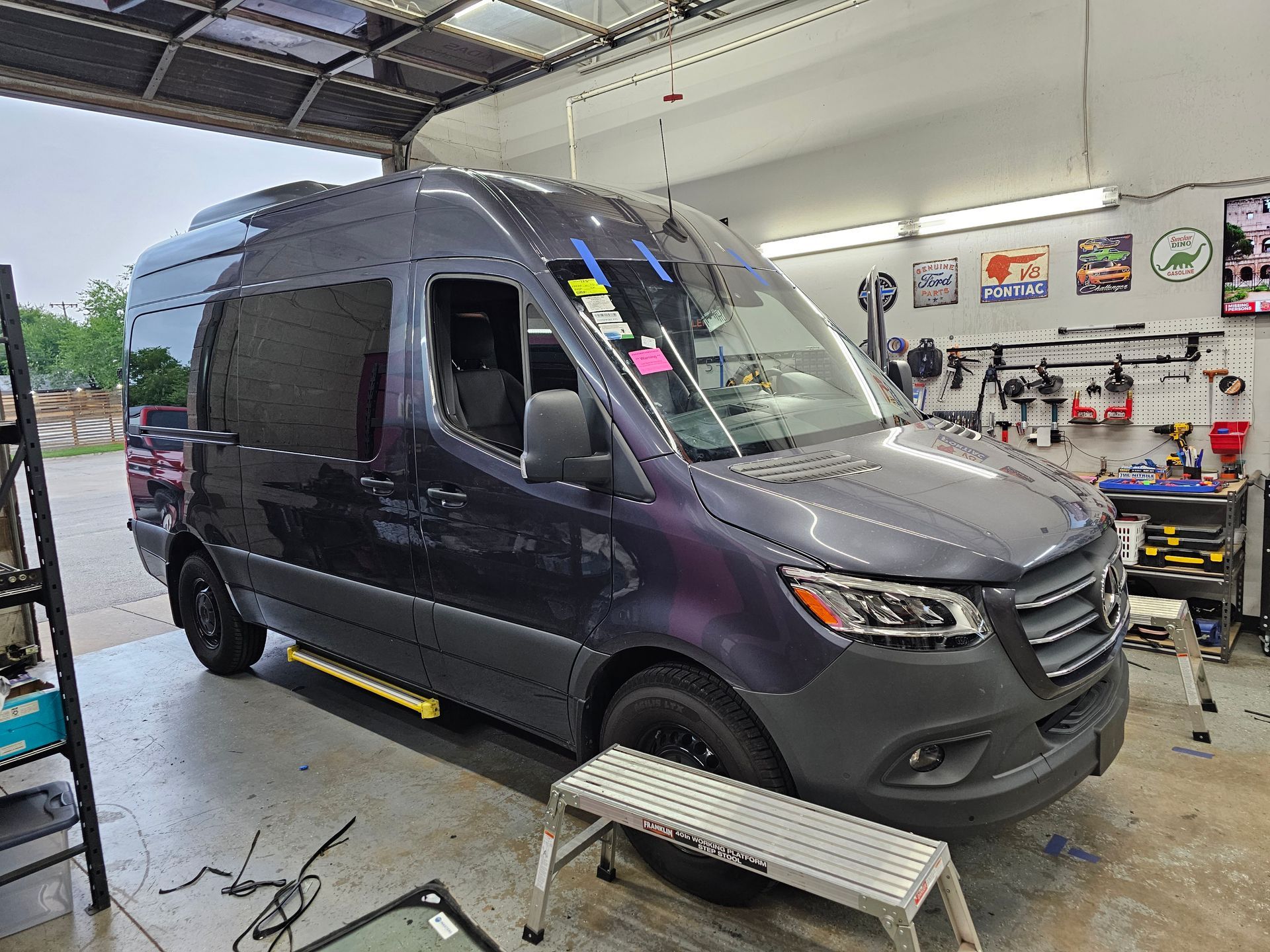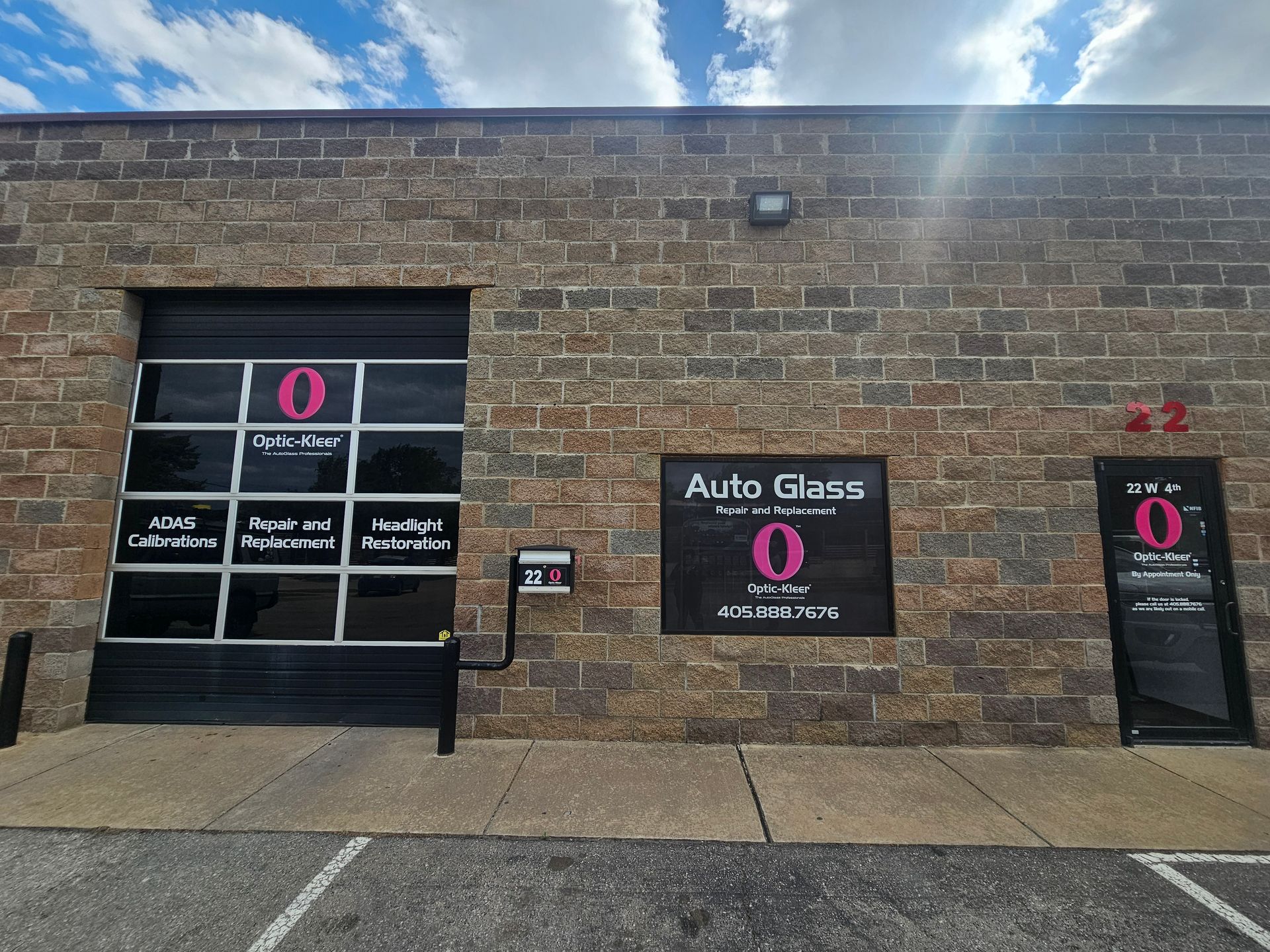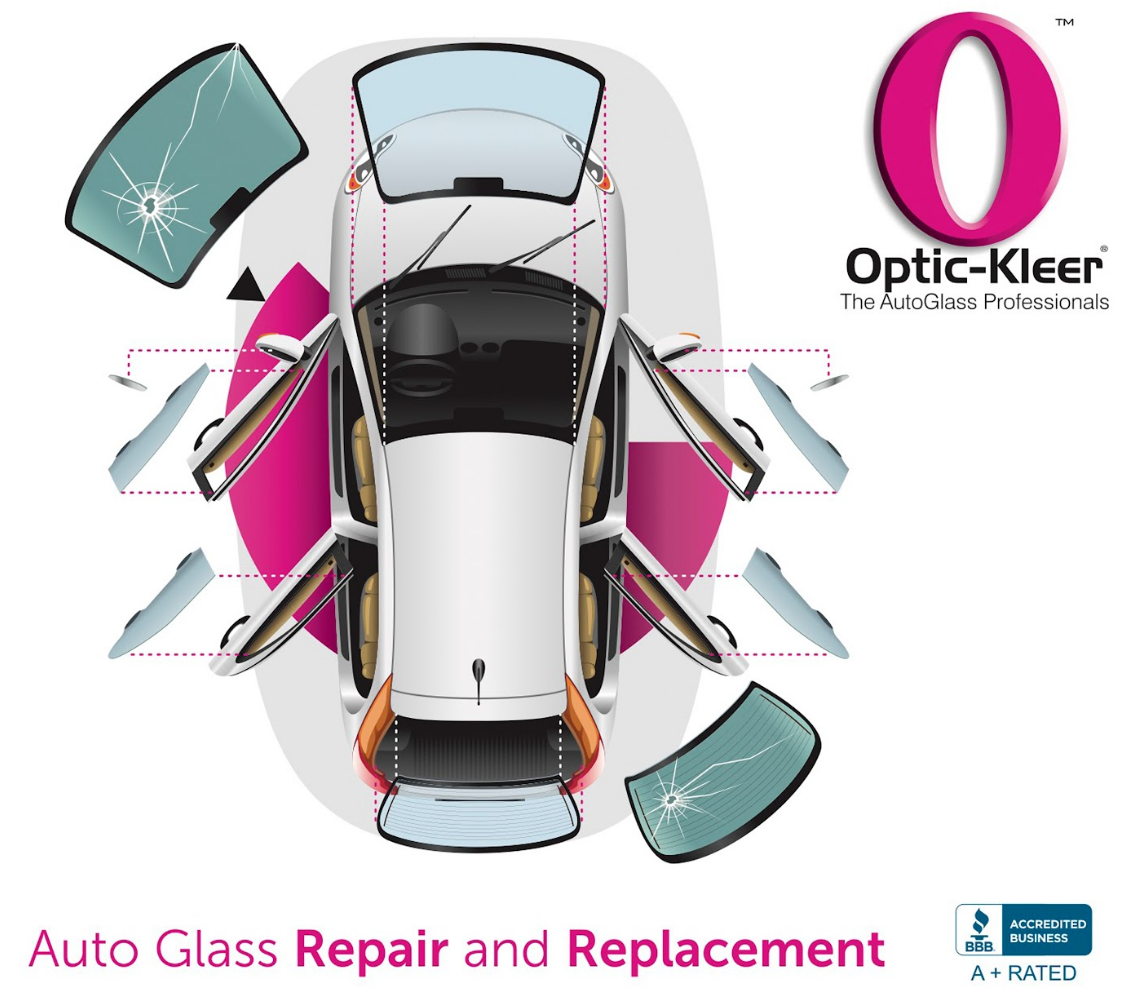What is ADAS & How It Keeps Drivers Safe On The Road
Learn More About ADAS (Advanced Driver Assistance Systems)
Vehicle technology has seen many advancements in recent years, with one form of technology being ADAS (Advanced Driver Assistance Systems). ADAS is now a common feature in modern vehicles. ADAS technology is designed to significantly improve the safety and comfort for drivers while on the road.
How Does ADAS Work?
- Cameras & Sensors: Systems such as cameras and sensors on your vehicle are used to monitor the surroundings. Sensors are used to detect objects while cameras capture your vehicle's surroundings.
- Radar Technology: Radar Systems are used to detect the distance and speed of objects surrounding your vehicle.
- Data Processing Unit: Your vehicle's onboard computer system processes information gathered by cameras and sensors. This data is then used to control various ADAS features.
- Feedback Mechanisms: This system provides alerts, automated actions (braking or steering), and visual indicators to the driver.
What Are Some Features of ADAS?
ADAS has a wide range of features designed to enhance vehicle safety and driving comfort. Here are some common ADAS technology features:
Lane Departure Warning:
Provides the driver with an alert when the vehicle drifts out of its lane without using a turn signal.
Adaptive Cruise Control:
Helps the vehicle maintain a safe distance from the vehicle ahead by adjusting the vehicle’s speed. Unlike traditional cruise control, ACC can accelerate or decelerate the vehicle without manual input from the driver.
Parking Assistance:
Guides the vehicle into a parking spot. Sometimes provides assistance with parallel parking or parking in tight spaces.
Blind-Spot Monitoring:
Provides visual or audible warnings to the driver if a vehicle enters their blind spot.
Rear Crash Warning:
Sensors located at the rear of the vehicle scan the driver’s surroundings when backing out driveways or parking spaces and alert the driver of any potential collisions.
Pedestrian Detection System:
Alerts the driver of any pedestrians in the vehicle’s path and applies the brakes if necessary to avoid collisions.
Driver Drowsiness Detection:
Sensors monitor the driver for any signs of slow reaction times, drowsiness, or irregular steering.
Forward Collision Warning: Detects an object in front of the vehicle and alerts the driver of a potential frontal collision.
Glare-Free High Beam Lights: Adjusts headlamp beams to enhance driver visibility while minimizing glare for other drivers.
What is Windshield Calibration & Why You Need It?
The process of
windshield calibration involves adjusting cameras and sensors built into a vehicle’s windshield to make sure they are functioning properly. These systems are a part of ADAS, which include features such as emergency braking, lane departure warning, collision avoidance and other serious safety functions that drivers rely on. Auto glass technicians who are certified, perform windshield calibrations to ensure ADAS safety features function properly after installing a replacement windshield.
Have Any Questions About ADAS & Windshield Calibration?
ADAS has provided a major advancement in the world of automotive technology, creating a more comfortable and safe driving experience. Optic-Kleer provides certified windshield calibration services for driver coming from the
Edmond,
Arcadia,
Guthrie,
Oklahoma City, and the OKC Metro North area. If you have any questions or want to learn more about our windshield calibration services,
contact Optic-Kleer today!
